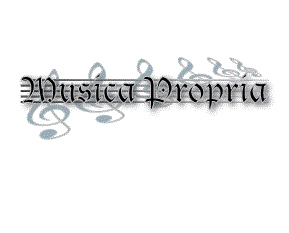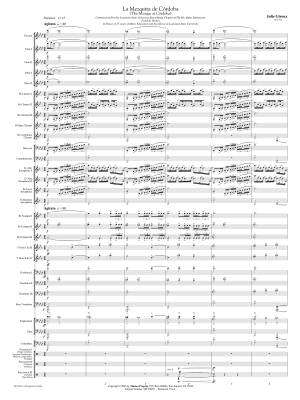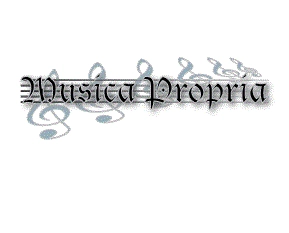Opens in a new window
Musica Propria La Mezquita de Cordoba (The Mosque at Cordoba) - Giroux - Concert Band - Gr. 5

Additional Photos:

- Composer/Author: GIROUX, JULIE
- Instrumentation: CONCERT BAND
- Grade/Level: 5.0
- Model # MP99029
Format: Score and Parts
Instrumentation: Concert Band
Level: 5
The Mosque at Cordoba. A musical painting capturing the magnificence of this famous mosque in Spain. A blending of musical colours with both Spanish and Moorish influence.
PROGRAM NOTES
In 169 B.C. the Romans founded Cordoba. After the fall of Rome, it existed under the rule of the Visigoths and became the capital of Al Andalus, Muslim Spain, in 716.
The Moors conquered Cordoba in the eighth century and by the tenth century the city boasted a population of 500,000, compared to about 38,000 in Paris. According to the chronicles of the day, the city had 700 mosques, some 60,000 palaces, and 70 libraries - one reportedly housing 500,000 manuscripts and employing a staff of researchers, illuminators and book binders. Cordoba also had some 900 public baths as well as Europe's first street lights.
Reigning with wisdom and justice, the rulers of Cordoba treated Christians and Jews with tolerance. They also improved trade and agriculture, patronized the arts, made valuable contributions to science, and established Cordoba as the most sophisticated city in Europe.
When the Moors conquered Cordoba, they found a Visigoth cathedral, promptly pulled it down and built a mosque complex, the walls of which enclosed about four acres. It was over 40 years in the making. Over the centuries, the Moors roofed-over and developed more and more within this complex. Muslim, Christian, and Jewish faiths alike were practised within its walls, an unprecedented feat then and literally unheard of today.
When the Christians reconquered Cordoba in 1236, the new rulers were so awed by its beauty that they left it standing, building their cathedral in the midst of its rows of arches and columns. Thus it is preserved today, fondly referred to in Spain as "La Gran Mezquita."
La Mezquita contains over 500 marble, granite, and alabaster columns. Mixed into the califal styles, one can see the Byzantine and oriental influences, as well as Hispano-romanic and Visigoth elements throughout the mosque. The grandeur of La Mezquita and its colorful political and religious history has earned it its place as a true wonder of the civilized world.
"La Mezquita de Cordoba" opens with the destruction of the original Christian church in 716 A.D. and proceeds as a musical celebration of its multi-cultural, religious and artistic accomplishments. - Julie Giroux
Duration: 11:45
Media
Sound Sample
Press play to listen
Q & A
There are currently no questions for this product.
Reviews
There are currently no reviews for this product. Be the first to write one!




